It is true that our cameras nowadays are pretty disposable, and I'm not talking about materials but technology. Every year we get the latest and greatest and each new arrival promises to be the solution we were all looking for.
Well, maybe I'm overreacting here, but you get the gist. So far cameras get obsolete before they start wearing out. If you understand that, and you are able to see your gear as the tool that allows you to create beautiful images, then you'll be more able to enjoy this craft.
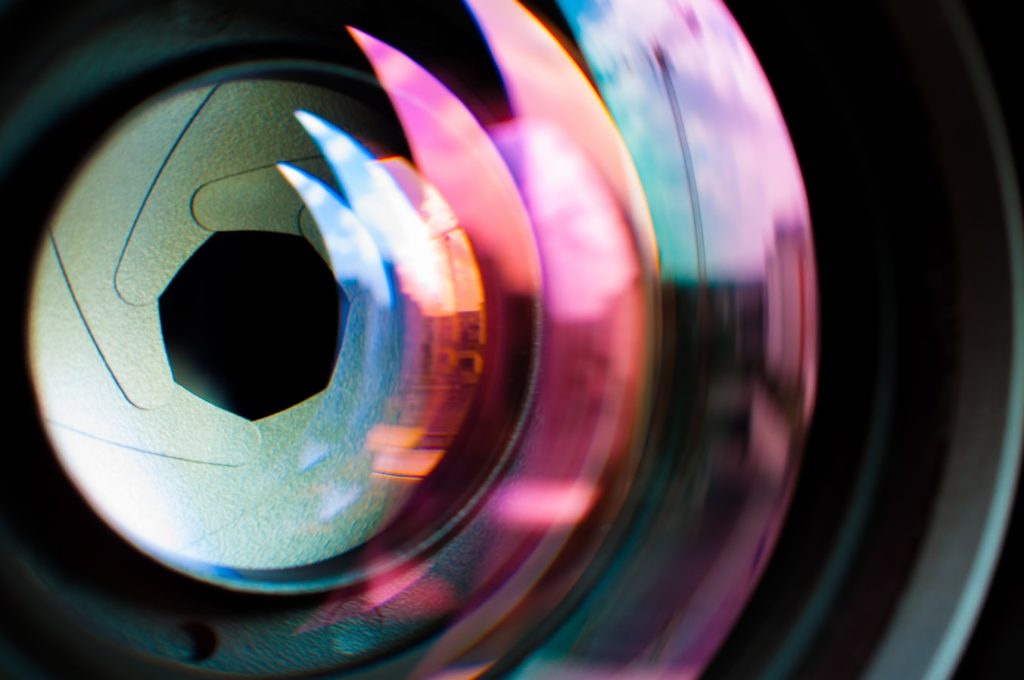
Even though cameras last longer than the technology they are built with, and the fact that they are tools and not newborns, you still need to give them proper maintenance.
Otherwise, you'll be prone to develop images with weird artefacts and even poor quality.
Today we are going to talk about the 5 basic practices that you need to rigorously do in order to keep your camera in nearly-pristine condition after a considerable amount of clicks.
1. Get a Dust Blower, and I Mean a Good One
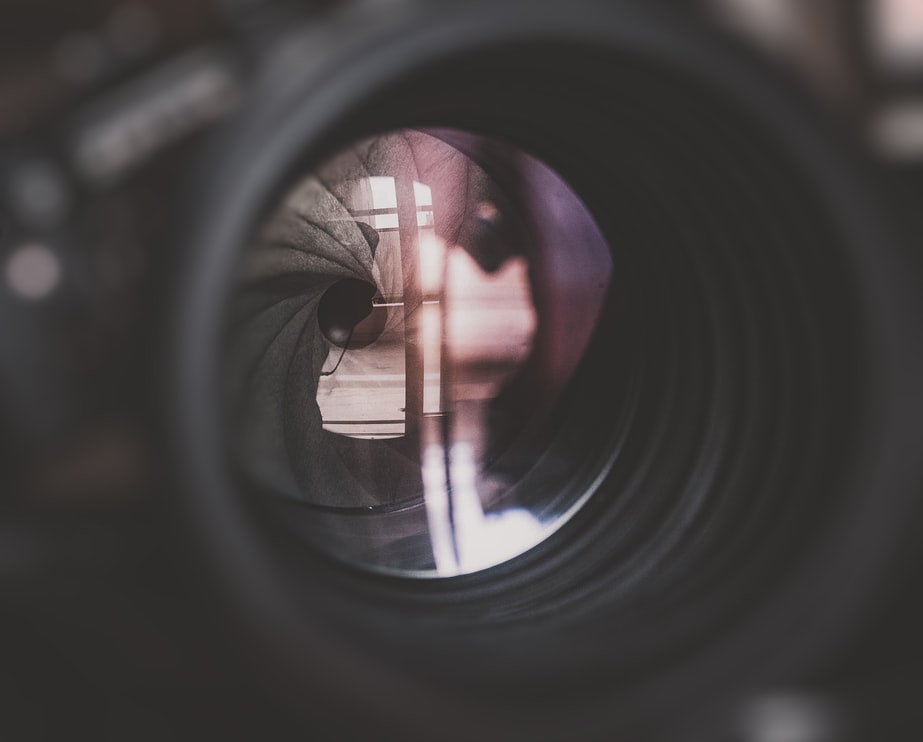
The most evident invaders you can have in a camera or a lens (and pretty much any piece of gear from your laptop to your phone) are dust particles. Annoying and extremely sneaky, dust will land on top of your gear right after unboxing it, and from there, dust will continue to be with your gear until its ultimate end.
The best way to deal with a dry particle is by hitting it with some air, but please don't use your breath. The problem with your unlimited air supply is that it comes with germs and…the big one…moisture.
Giving our electronics' shiny parts your heat and moisture ladened breath isn't the end of the world, of course, but it should be done only under rare emergencies. Otherwise, use a blower, and not any weak blower, use a powerful one that delivers a nice consistent stream of air.
I tend to use air to dust my camera after using it at the end of the day, and I tend to focus on the knobs and dials rather than the lens' frontal element or the screen. You can do this as many times you want and it won't be a problem for your camera.
Blowing the dust away is one of those simple practices that will keep your gear more durable as time goes by.
2. Avoid Giving Your Lens Too Much Love
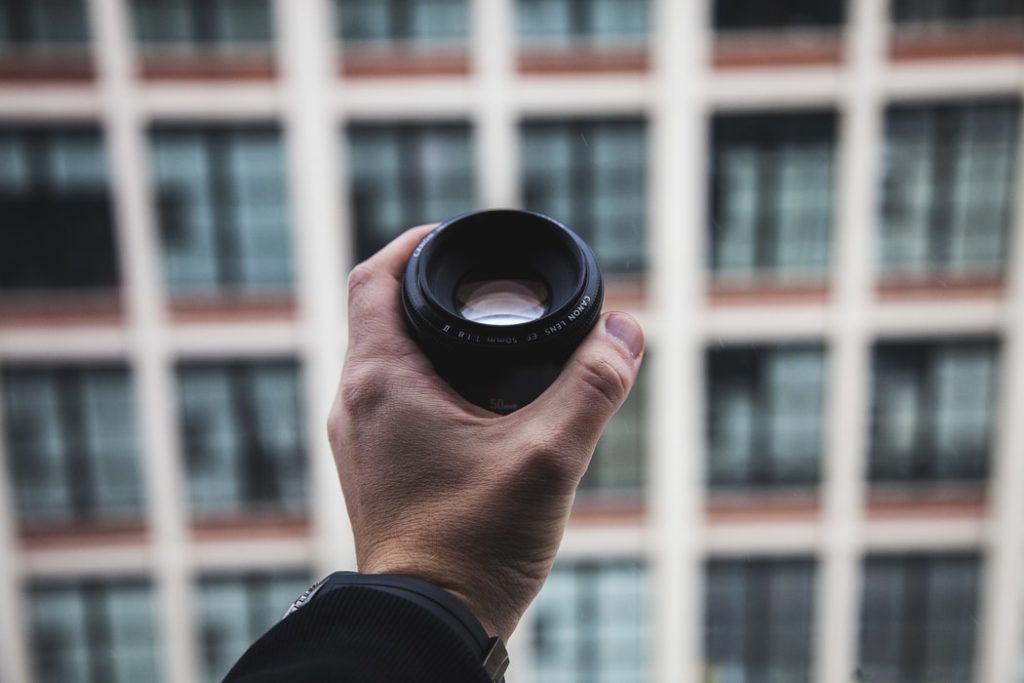
Cleaning a lens is required whenever smudges form, or if you accidentally left a greasy fingerprint on it. Cleaning a lens is properly done with lens cleaning liquids and chemicals by rubbing small amounts of them evenly with a microfiber cloth. One can get pretty obsessed with this, but the thing is that these chemicals are so strong that they can even leave your lens vulnerable.
Optical engineers have worked hard to develop proper coatings that help our cameras render color in the most real ways. If you clean our lenses too much, we end up weakening these coatings, and that is something we simply don't want.
Simply avoid giving you lens too much love, it is almost like taking care of a cactus. You can't give it too much water and you can't leave it to deal with its existence by its own means. Clean your lenses only when strictly needed.
3. Keeping Everything Dry
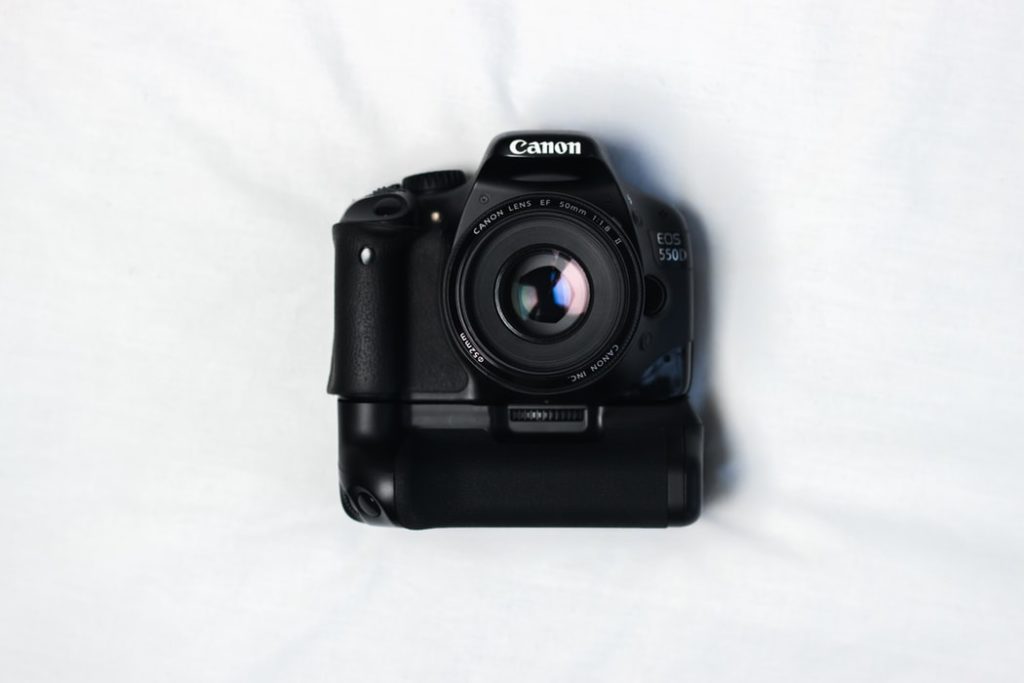
This is a practice that comes from the film era, keeping our cameras dry is essential, unless you want to end up with fungus forming inside of your lenses.
This might sound a bit exaggerated, but trust me, it isn't. I remember getting a set of Pentax lenses back in the day, and they were all filled with a cloudy thing inside them, I mean, in the internal optical elements. I took them to a mad camera scientist and he cleaned them for $25 a piece. He used some wacky acids and other chemicals.
The lenses are perfect nowadays. I asked the fellow the reason behind this fungus, and he told me moisture. These formations happen after some years, and it is extremely important to keep everything as dry as possible via silica bags.
Simple solution for a mighty problem, silica bags > fungus.
4. Change Lenses Fast
I don't know how can some people be able to detach their lenses from their cameras and still walk around with the thing hanging there vulnerable to ANYTHING that is in the air.
Really, I don't know how those people are able to sleep. Before changing to the Fuji's X100 system, I used a DSLR, and I always changed the lenses extremely fast and almost crouching. I was a total coward when doing this, but I never got a single (considerable) dust particle inside my sensor.
Nowadays this practice should be taken with even more care with mirrorless camera systems. Try to put your camera down in order to point the hollow mount to the ground, this way you will protect your sensor from gravitating particles. And please, do it fast.
Also important, always put a cover on your lenses rear end, dust particles landing there will give you harsher results than those on the frontal element.
5. Always Use Microfiber Cloths
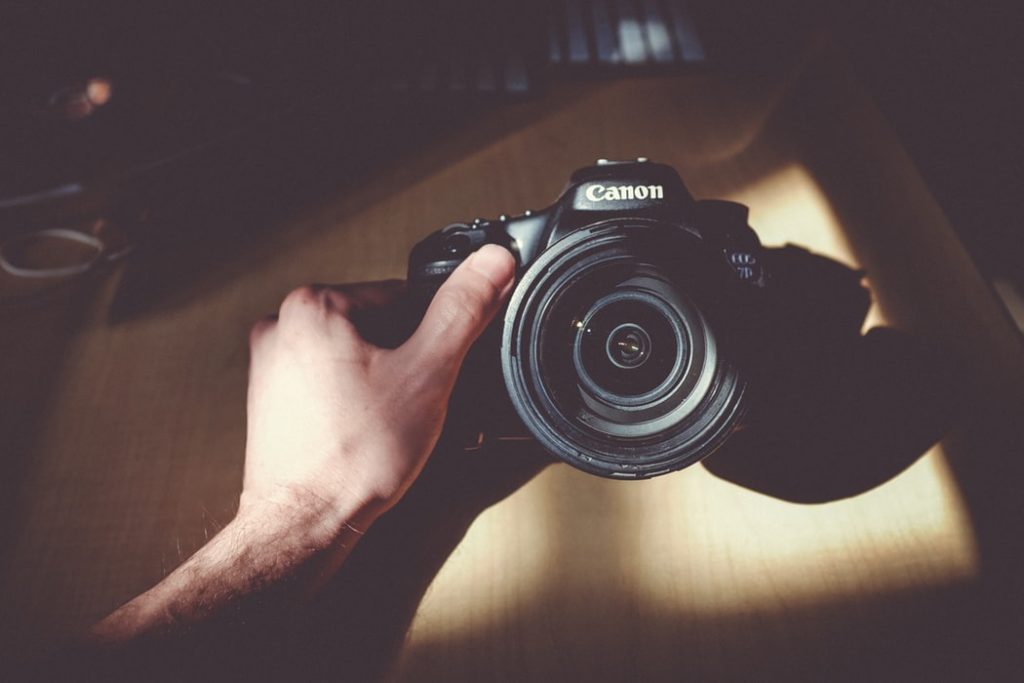
We all have nice and soft cotton t-shirts, but don't be tempted – microfiber cloths are the way to go. Of course, if you are having an emergency, your one shirt might work just fine, but remember, your shirt might seem soft, but it might just leave some nasty scratches on your lenses surface. This also applies to viewfinders, which of course don't have direct implication in your images' quality, but is still important to keep as clean as possible.
Final Thoughts
You need to understand that dust happens, and it happens daily, always. Cameras and lenses are pretty well built these days, even though some strange elements can still get inside them. If you are planning on using a piece of gear for more than just a year or two, then weather sealed options should be on your radar when deciding on your latest photography-related investment.
Technology has advanced so it isn't nuts to have weather sealed gear anymore. This won't be a guarantee that you to be free of scratches and lens smudges, but it will definitely keep your sensor and other electronics a little bit more protected than regular sealing.







1 Comment
Hi Federico
Great article 🙂
I just bought a Canon RP and now have to deal with the challange of combining dust and free sensors 🙂
How Sensitive Are Sensors? Can I touch them with the brush, or is only air allowed?
Flemming – Denmark